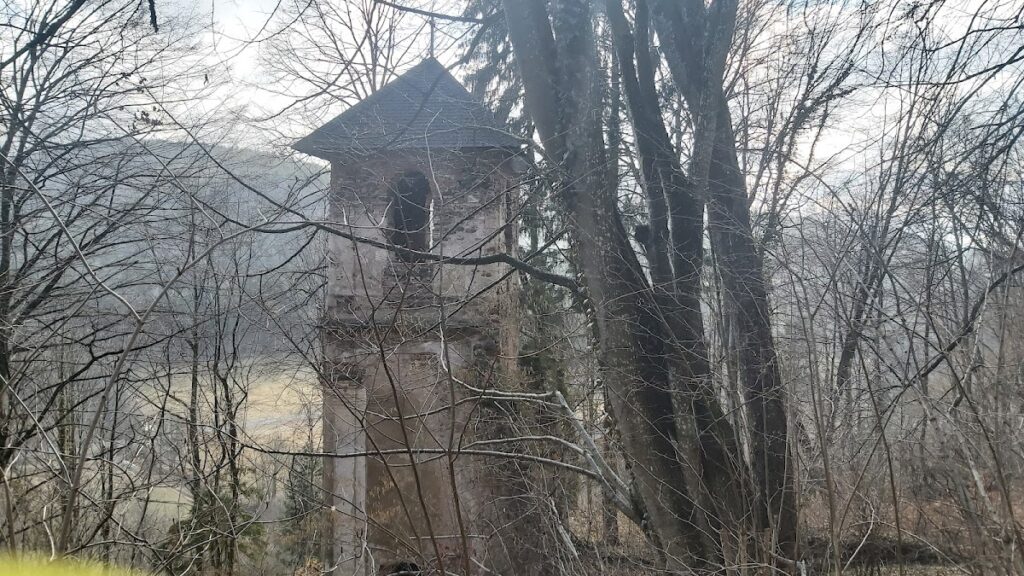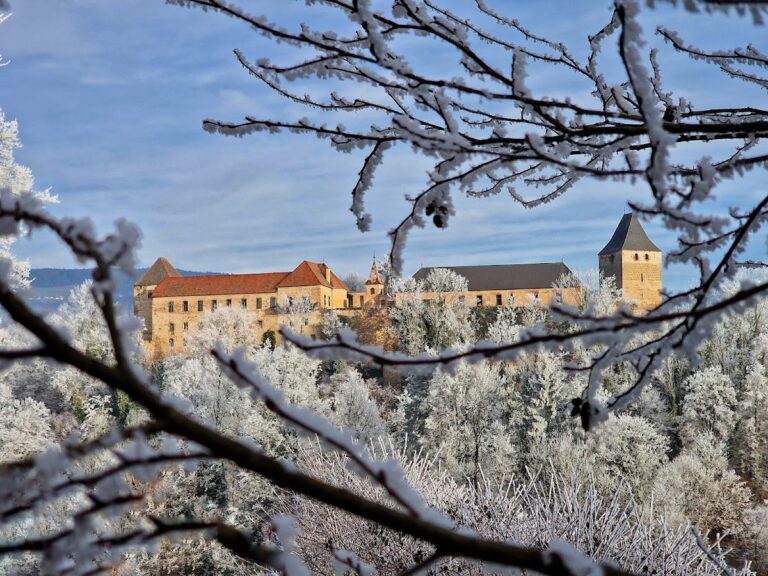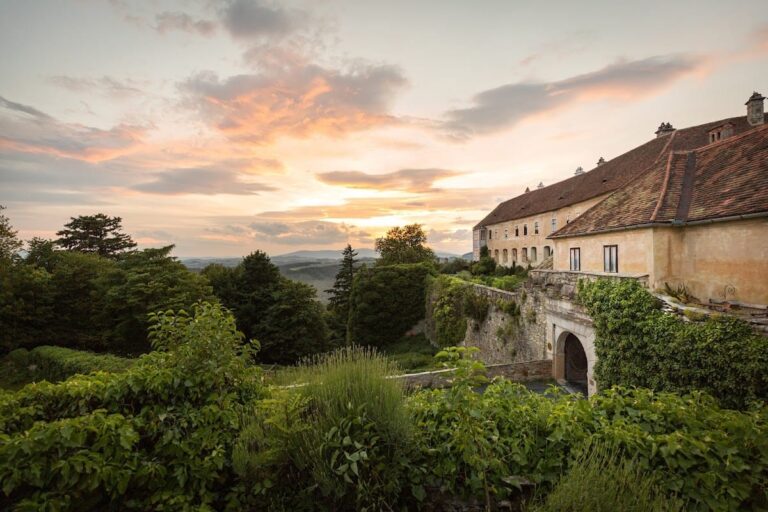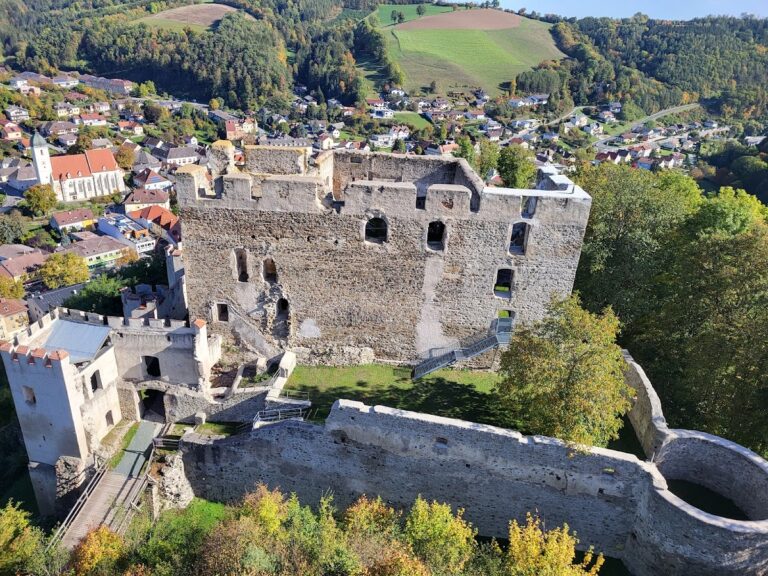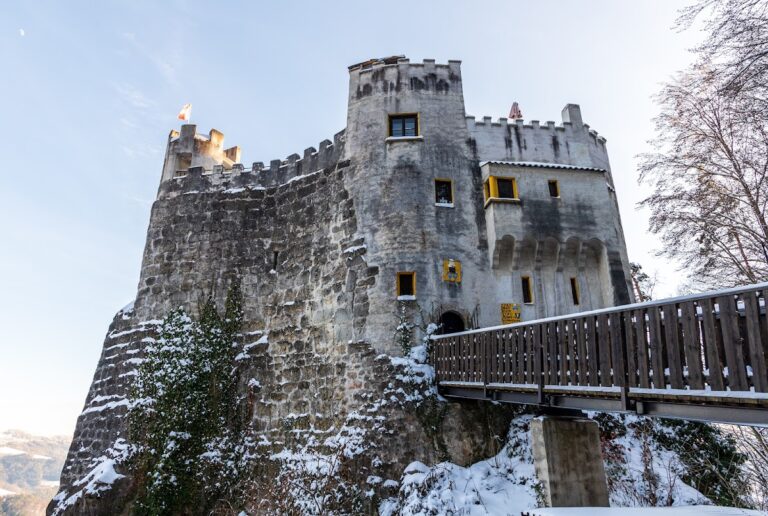Schloss Bärnegg: A Medieval Hilltop Castle in Austria
Visitor Information
Google Rating: 3.4
Popularity: Very Low
Country: Austria
Civilization: Unclassified
Site type: Military
Remains: Castle
History
Schloss Bärnegg is located in the municipality of Schäffern in modern-day Austria. It was originally built as a hilltop castle during the late 12th century by a medieval Central European civilization that established numerous fortifications throughout the region.
The earliest surviving written record mentioning this castle dates to 1312, indicating that it was already an established stronghold by then. Throughout the centuries, ownership of the estate passed through several noble families, including the Perner, Teuffenbach, Reichenberg, and Rindsmaul lineages. Each family contributed to the castle’s ongoing use as a residence and defensive site.
During the 17th century, significant changes were made to the castle complex. One notable phase involved expanding a courtyard that is surrounded by arcades—covered walkways with arches—which would have enhanced both its functionality and status. At the beginning of the 18th century, specifically in 1703, a chapel was built on the grounds, reflecting the site’s religious importance in addition to its military and residential roles.
Despite its long history of occupation and use, Schloss Bärnegg fell into disrepair only in recent decades. The ruins now stand as a protected cultural heritage monument, preserving the memory of its medieval origins and later adaptations.
Remains
The ruins of Schloss Bärnegg occupy a hilltop rising approximately 604 meters above sea level. The castle’s layout is typical of fortified hill structures, designed to take advantage of the natural elevation for defense and visibility. It features an arcaded courtyard originally constructed before the 17th century and notably enlarged during that period to provide a distinctive open internal space surrounded by columns or arches.
In 1703, a chapel was added to the complex, integrating religious functions directly within the castle grounds. These two elements—the expanded courtyard and the chapel—reflect significant phases in the castle’s architectural development.
Today, the remnants of Schloss Bärnegg reveal the layered history of the site through their surviving structures. The arcaded courtyard remains identifiable despite the general ruinous condition resulting from wear and lack of maintenance in recent decades. The chapel’s foundations and walls also remain as part of the overall fragmentary remains.
The castle sits amidst a landscape that transitions from rolling hills to a flatter area toward the southwest. This setting includes a mixture of agricultural land and patches of natural vegetation, highlighting the castle’s historical placement within a working rural environment.
As a listed monument, the site is preserved for its cultural and historical value, offering insight into the medieval defensive architecture and later adaptations made to serve religious and residential needs over several centuries.
